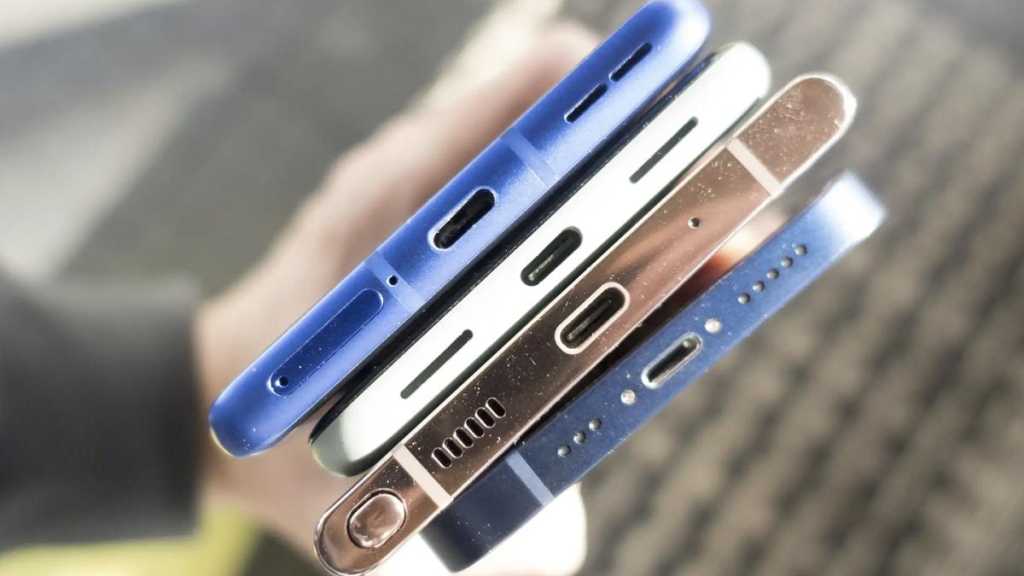We’ve known that the iPhone is switching to USB-C for a while now, but there was always a possibility that Apple would stick with Lightning for one more year. Based on the latest leaked images, however, Apple is all-in on USB-C for the iPhone 15 and iPhone 15 Pro models, with USB-C parts for the iPhone 15, iPhone 15 Plus, and iPhone 15 Pro Max all shown in a leaked image by X user fix Apple.
With the switch to USB-C, nearly all of Apple’s devices will have adopted the new standard, with only AirPods, Mac accessories, and the iPhone SE remaining aside from older iPhones and the 9th-gen iPad.



It is all over the place. The connector allows for all of those things and doesn’t guarantee any of them. Along with that cables don’t even have a guarantee of being bidirectional, a problem with the usb c spec, not with the USB standards.
Also you kind of proved the point. USB C is confusing because it pretends to be universal (see literally the hundreds of comments in this thread) even though it most definitely isn’t.
In reality USB Type-C is only a connector, not all the features people associate with it. Of course it’s going to be confusing if you insist on mushing the concepts up in your head even after an explanation. Just accept that there are at least four different things, Type-C, USB 3.2, Alternate Modes and USB PD, and start thinking in those categories.
Dude. The connector allows for different sets of pins. This is not mushing up different concepts. I’ve actually soldered usb c connectors. I’ve even designed PCBs that needed to support PD. Have you read the USB spec? I have. It’s clear you don’t actually understand how complicated the connector itself is.